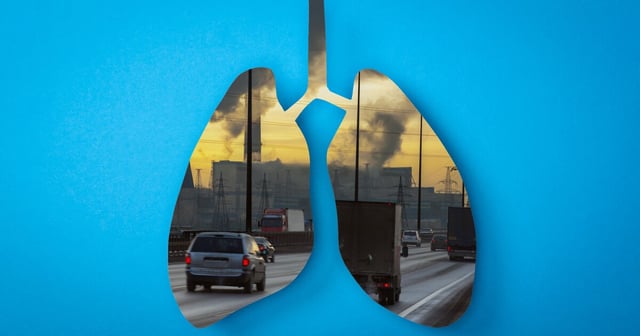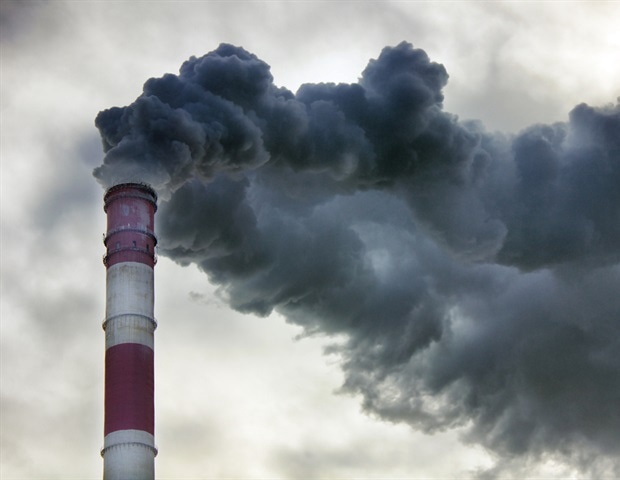Overview
- PM2.5 particles such as dust, vehicle exhaust and wildfire smoke penetrate deeply into the respiratory tract and rank as the second leading global mortality risk
- Oxidative injury from PM2.5 exposure produces lipid peroxide-derived aldehydes that damage airway cilia and impair mucociliary clearance
- Mice lacking the ALDH1A1 enzyme showed reduced cilia formation and heightened susceptibility to respiratory infections after pollutant exposure
- Pharmacological enhancement of ALDH1A1 levels in mice restored mucociliary function despite ongoing exposure to PM2.5
- Published June 3 in the Journal of Clinical Investigation, the multi-institutional study led by The University of Osaka suggests ALDH1A1 as a promising therapeutic target for pollution-related lung diseases


